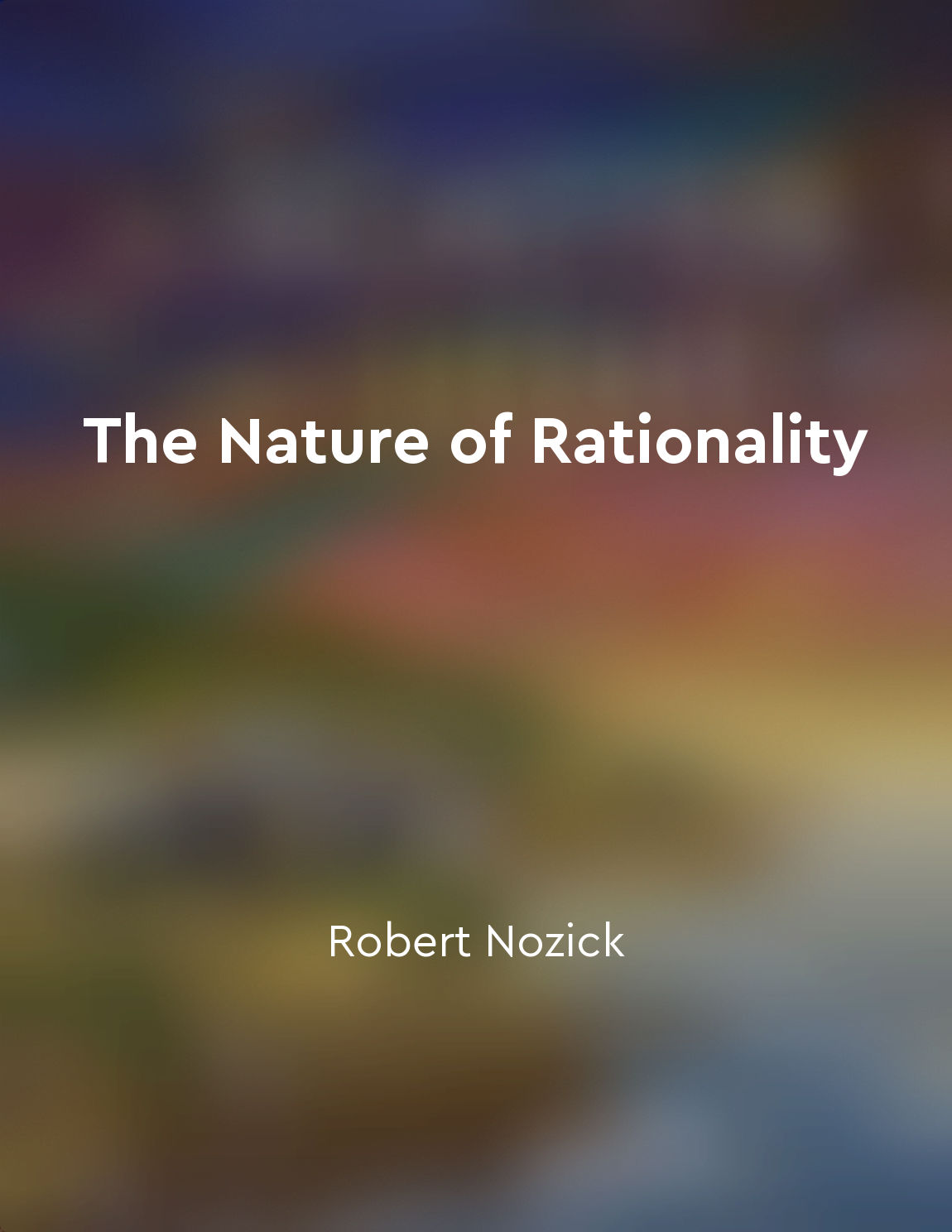Decisionmaking can involve uncertainty and ambiguity from "summary" of The Nature of Rationality by Robert Nozick
When we make decisions, we are often faced with uncertainty and ambiguity. This means that we may not have all the information we need to make a completely rational choice. Uncertainty refers to situations where we are unsure about the outcome of our decision, while ambiguity refers to situations where we are unsure about the meaning of the information we have. Uncertainty can arise for a variety of reasons. For example, we may not have all the relevant facts, or we may not be able to accurately predict the future. In these cases, we are forced to make decisions based on incomplete information, which can lead to errors in judgment. Similarly, ambiguity can make decision-making difficult because we may not fully understand the implications of the information we have. This can lead to confusion and indecision. Despite the challenges posed by uncertainty and ambiguity, we must still make decisions in order to navigate the complexities of everyday life. In these situations, we must rely on our rationality to guide us. Rationality involves making decisions based on careful consideration of the information available to us, even when that information is incomplete or unclear. One way to address uncertainty and ambiguity in decision-making is to use heuristics, or mental shortcuts, to simplify the decision-making process. While heuristics can help us make decisions more quickly, they can also lead to biases and errors. For example, we may rely too heavily on information that is readily available to us, rather than considering all relevant information.- Decision-making can be challenging when we are faced with uncertainty and ambiguity. However, by being aware of these challenges and employing rational decision-making strategies, we can make more informed choices. It is important to recognize the limitations of our knowledge and to approach decision-making with humility and an open mind.


